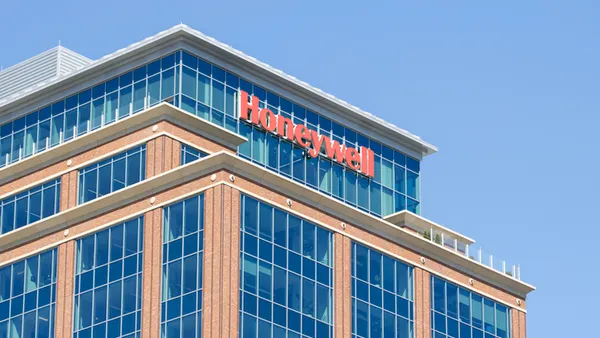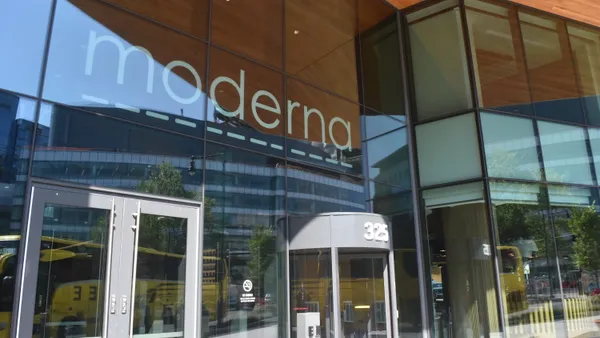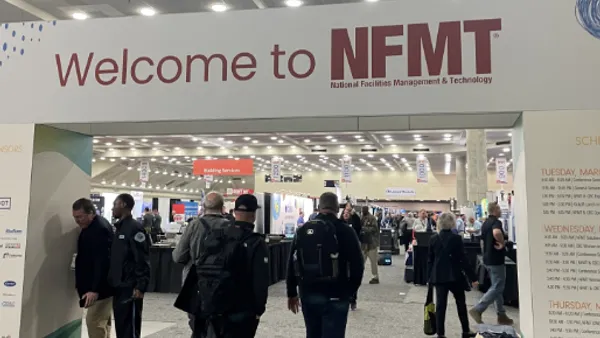Dive Brief:
- Mandates have been ineffective in driving consistent in-office attendance, with 46% of workers saying they do not come into the office because they believe they are more productive with their at-home setup, according to a survey of 600 full-time employees by workplace management firm Robin.
- Although 45% of employees reported facing mandates to be in the office at least four days a week, only 24% said they actually go into the office between four and five times a week. In addition to lengthy commutes, high gas prices and expensive parking, 76% percent of employees said they would be more productive in the office if they had all the equipment they needed to set up their desk, and 89% said they spend up to 20 minutes looking for the right equipment when they get to the office.
- To address these challenges, organizations should invest in resources that support productive workdays, find ways to offset costs for employees and continue communicating office strategies with employees, while prioritizing collaboration and in-office connection, so that teams can better plan their schedules, the report says.
Dive Insight:
Hybrid workers spend $51 a day on average when they go into the office and 61% of workers spend between 30 and 90 minutes commuting each day, with 20% spending between 90 and 120 minutes, according to a 2023 report by Owl Labs on the state of hybrid work. Despite these hurdles, 94% of workers are willing to return to the office, if there are sufficient “perks” such as commuting cost reimbursement, daycare or eldercare subsidies and increased privacy onsite for individual calls and video meetings, Owl Labs says.
Robin’s survey respondents noted that time spent commuting and time lost in the office, such as parts of the day that were lost due to a lack of resources, poor office design, or complicated processes involved in finding the right equipment or booking a free meeting room, could otherwise have been used on work. While nearly 90% of participants said their company uses meeting room booking software, 74% of those that didn’t said it takes up to 10 minutes to find a free meeting room. Of the roughly 30% that do not use desk booking software, 62% said they spend up to 10 minutes looking for free desks.
When asked what criteria they look for while selecting a desk, a majority of respondents ranked proximity to their team as a top priority, followed by how close their desks are to teams they closely collaborate with, distance from amenities like coffee machines and collaborative areas, proper equipment set-ups and proximity to leadership teams, Robin says.
The most attractive incentives for employees are office perks, Robin says. These perks, like catered lunches or onsite services, would incentivize workers to come into the office, according to 44% of respondents. Thirty-nine percent said they could be swayed by commuter cost coverage, with 53% saying they would need between $50 and $75 to make a trip into the office.
Besides stipends and in-office events, the report found that 35% would feel motivated to head into the office if they knew their managers or leaders would be there, while 31% said they would want to be onsite if their colleagues were there too. These findings underscore “the power of other people” as a common theme in driving in-office attendance, Robin says, emphasizing that providing teams with visibility into office activity is an integral part of getting people back into the office together.
Robin notes that attendance also plays a large role in employee satisfaction, with 73% of respondents saying they feel more connected to their company when they are in the office with their colleagues. Forty-six percent reported occasionally having spontaneous meetings with other team members in the office and another 43% said they have these meetings frequently or that such meetings almost always happen.















